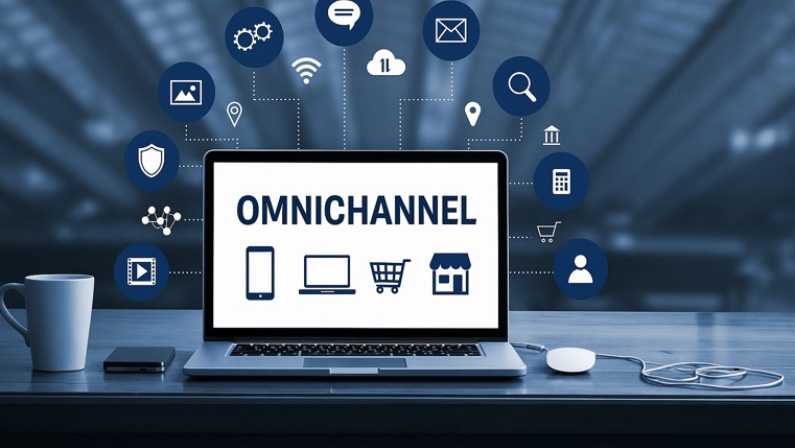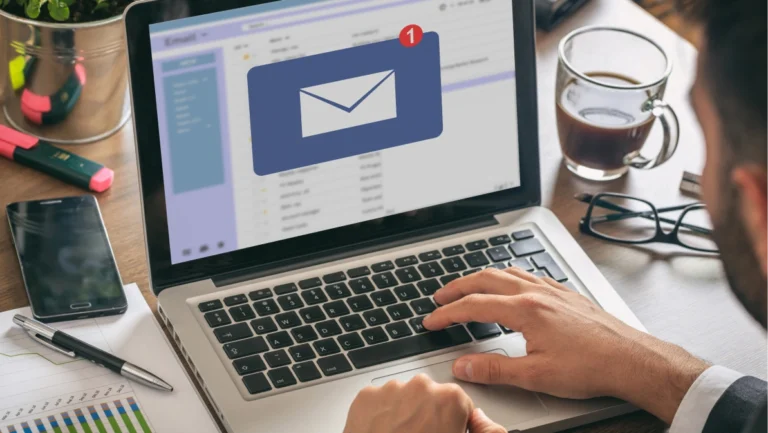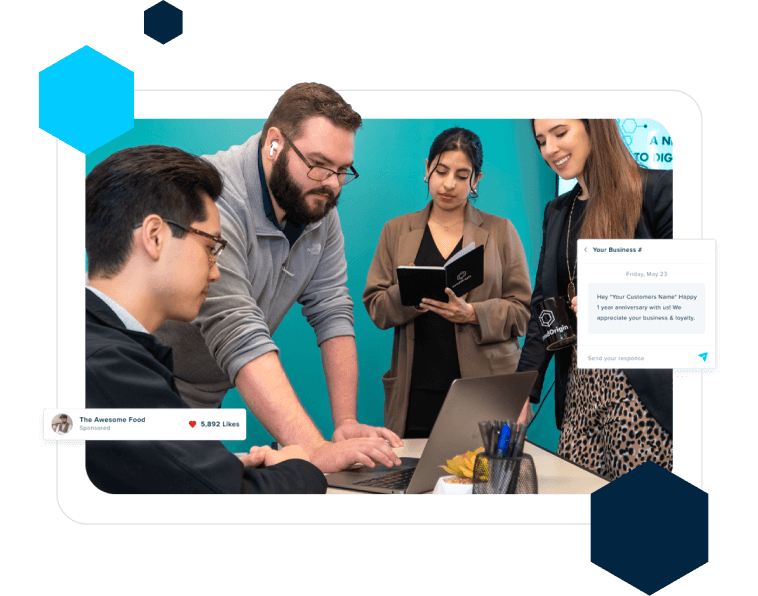Imagine this: companies with strong omnichannel engagement retain 89% of their customers, while those with weak strategies hold on to just 33%, according to Aberdeen Group.
That stat alone should make any business owner sit up and pay attention.
In this article, we’re exploring 10 game-changing benefits of omnichannel marketing, complete with practical examples and insights on how they contribute to real ROI.
What Is Omnichannel Marketing?
Omnichannel marketing is a strategic approach that delivers a seamless customer experience across multiple channels—whether it’s in-store, online, through mobile apps, email, or social media.
Unlike multichannel marketing, which simply uses several platforms, omnichannel marketing ensures all these touchpoints are connected, consistent, and centered around the customer. The goal is to create a unified journey that adapts to how, when, and where customers prefer to engage with your brand.
Why Omnichannel Marketing Matters in 2025
In 2025, customer expectations are higher than ever—people want brands to remember their preferences, offer consistent experiences, and respond quickly across all platforms. With more purchasing decisions starting online and ending offline (or vice versa), a disconnected experience can easily lead to lost sales.
Omnichannel marketing bridges those gaps, building stronger customer relationships, driving retention, and positioning your brand to thrive in an increasingly digital, mobile-first world.
10 Benefits of Omnichannel Marketing
A strong omnichannel strategy doesn’t just connect your platforms—it transforms how your brand interacts with customers. Below are 10 powerful benefits, complete with examples and ROI-driven insights to show just how valuable this approach can be in today’s market.
1. Higher Customer Retention Rates
Explain how omnichannel marketing improves retention by providing a consistent, personalized experience across every customer touchpoint. Include an example such as a retailer that uses customer purchase data from in-store and online interactions to create a custom loyalty program. Highlight how this boosts customer satisfaction and keeps them coming back.
2. Improved Customer Lifetime Value (CLV)
Show how omnichannel experiences lead to increased purchase frequency and average order value. Use data or a scenario where a brand offers targeted product recommendations through email, app, and SMS after an initial purchase. Emphasize the compounding effect of personalization on long-term revenue.
3. More Effective Personalization
Explain how integrated data from multiple platforms allows for better audience segmentation and hyper-personalized campaigns. Give an example like a beauty brand using browsing behavior and purchase history to suggest new products or exclusive bundles. Tie it to increased engagement and conversions.
4. Increased Sales and Revenue
Discuss how connecting all sales channels provides more opportunities for conversions. Highlight a brand that allows customers to research online, test in-store, and buy via app with synced inventory. Use stats or studies showing revenue lifts from omnichannel adoption.
5. Stronger Brand Consistency
Talk about the importance of a cohesive voice and messaging across all platforms. Use an example like a fashion brand that carries its seasonal campaign theme from Instagram to email to in-store signage. Explain how this builds trust and brand loyalty.
6. Better Data Collection and Insights
Explain how omnichannel strategies give businesses access to unified customer data. Provide a case of a business using this data to spot trends, adjust campaigns, or optimize product placement. Mention how this leads to more informed, faster decisions.
7. Higher Engagement Across Channels
Show how consistent engagement boosts brand visibility and encourages interaction. Use an example like a food delivery service that uses push notifications, email, and SMS to engage users during peak ordering hours. Highlight how this drives repeat usage.
8. Seamless Customer Experience
Discuss how omnichannel eliminates friction in the buying journey. Use a scenario where a customer adds items to a cart via desktop, then purchases them on mobile with saved preferences and payment info. Emphasize the importance of ease and convenience in today’s market.
9. Competitive Advantage in Crowded Markets
Talk about how having a well-executed omnichannel strategy sets businesses apart. Use a small business example competing with larger retailers by offering flexible purchase options, customer service chat, and loyalty integration. Mention how meeting customers where they are wins loyalty.
10. Enhanced ROI on Marketing Campaigns
Explain how omnichannel marketing maximizes ROI by delivering the right message on the right platform at the right time. Include an example of a campaign that performed better due to consistent messaging across social, email, and web. Tie back to reduced waste and better performance tracking.
How to Build an Omnichannel Strategy That Converts
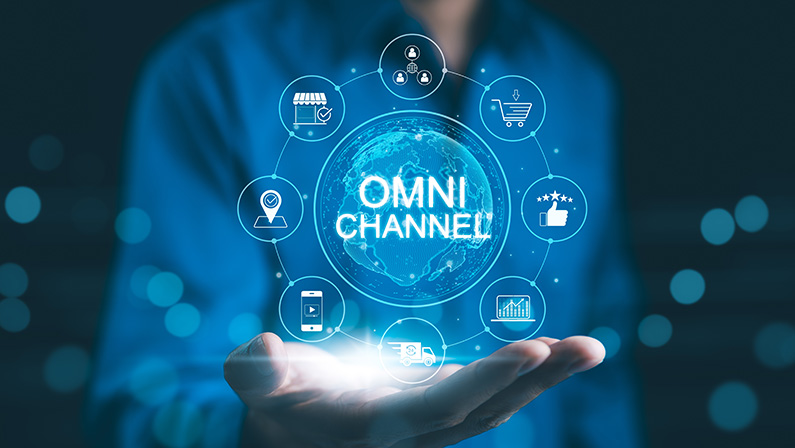
Crafting an omnichannel strategy that delivers real ROI starts with a clear framework. Whether you’re a growing e-commerce brand or a local business scaling digitally, here’s a simple step-by-step process to help you align platforms, data, and messaging for maximum impact.
1. Know your audience
Begin by deeply understanding who your customers are, where they spend time, and what they need from your brand. Use customer surveys, website behavior, and purchase history to build rich personas that guide your marketing efforts.
2. Map the customer journey
Visualize each step your customer takes—from discovery to purchase to retention—and identify where they interact with your brand. This helps uncover touchpoints you can optimize or better connect through seamless transitions.
3. Choose the right platforms
Select the platforms where your audience is most active—whether it’s social media, email, SMS, mobile apps, or in-store. Focus on quality over quantity: it’s better to manage a few channels well than to stretch too thin.
4. Invest in the right tools (CRM, automation, analytics)
Use marketing automation and CRM tools like HubSpot, Klaviyo, or ActiveCampaign to centralize customer data, personalize campaigns, and automate key touchpoints. These platforms also offer analytics to track performance and optimize for results.
5. Ensure consistent branding and messaging
From your tone of voice to visuals and calls-to-action, your brand should look and feel the same across every channel. Consistency builds trust, and trust drives conversions—so make sure each customer touchpoint reinforces your identity.
Is Omnichannel Worth It? ROI in Numbers
If you’re wondering whether an omnichannel marketing strategy is worth the investment, the numbers speak for themselves. According to Omnisend, marketing campaigns that use three or more channels achieve 18.96% engagement rates, compared to just 5.4% for single-channel campaigns.
Meanwhile, a study by Harvard Business Review found that omnichannel customers spend 10% more online and 4% more in-store than single-channel shoppers. These figures clearly show that when done right, omnichannel strategies lead to stronger engagement, increased spending, and higher lifetime value.
How LeadOrigin Helps You Build a Powerful Omnichannel Strategy

LeadOrigin understands that omnichannel marketing isn’t just about being everywhere. It’s about being where your customers are and delivering a seamless, personalized experience every step of the way. We help SMBs and growing enterprises align their messaging, platforms, and tech stack to create strategies that actually convert. From identifying the right channels and integrating your CRM to automating touchpoints and optimizing campaigns, we’re your full-service partner in building and scaling a powerful omnichannel engine.
When customers feel understood and experience your brand consistently across every channel, they’re far more likely to stay loyal and convert.
Want to know the benefits of omnichannel marketing for customer experience? Partner with LeadOrigin and transform your customer journey into a high-converting experience. Let’s build your omnichannel success story—reach out today.
